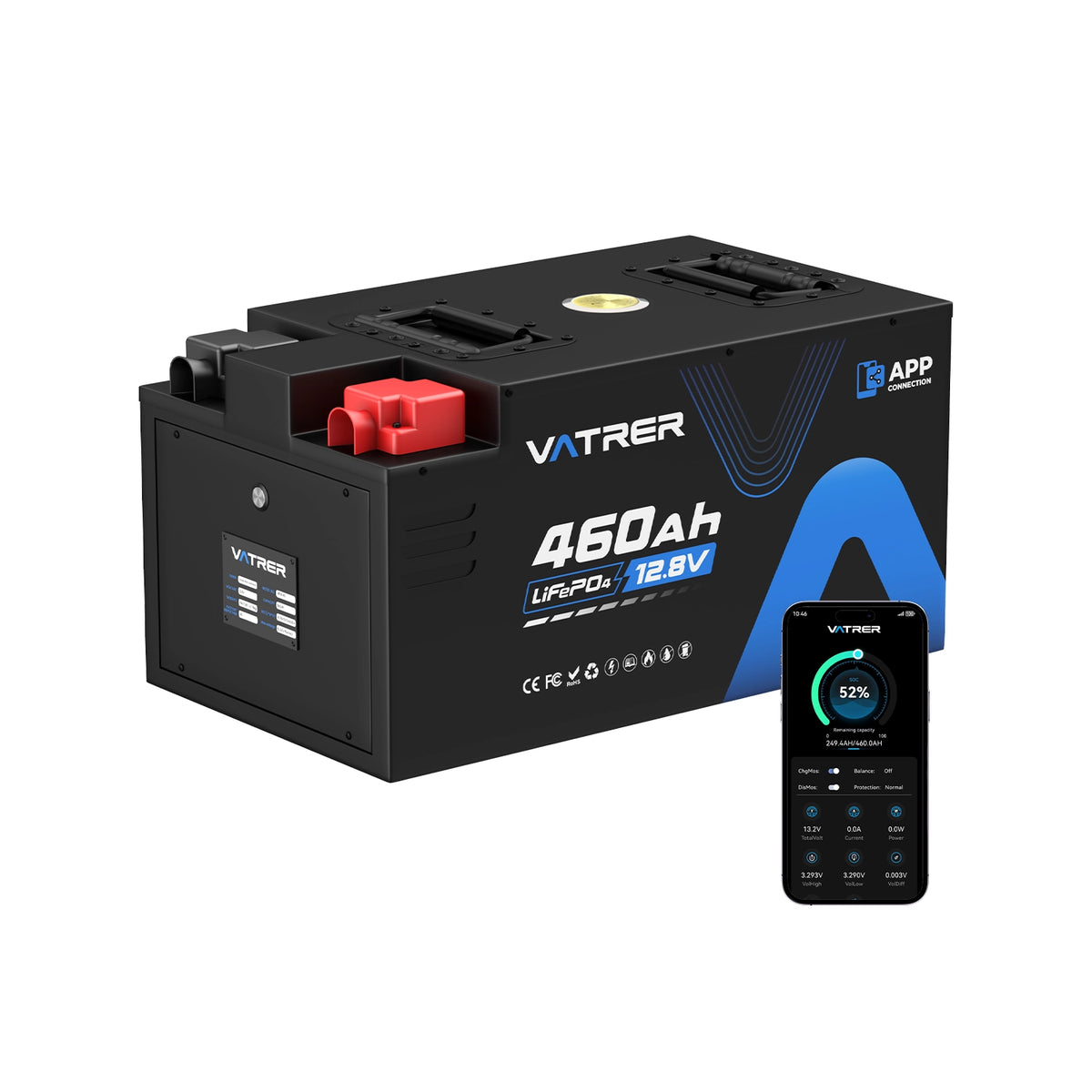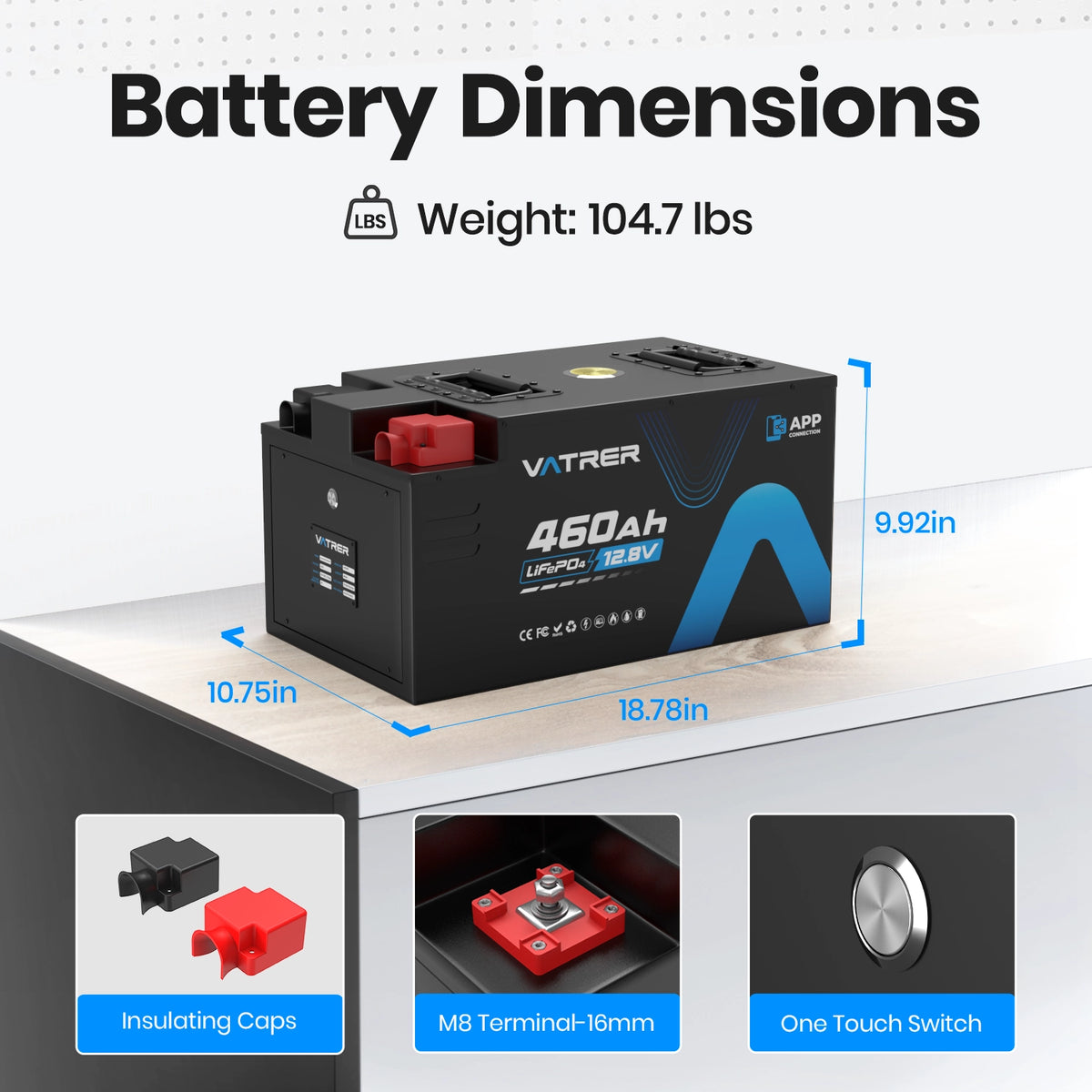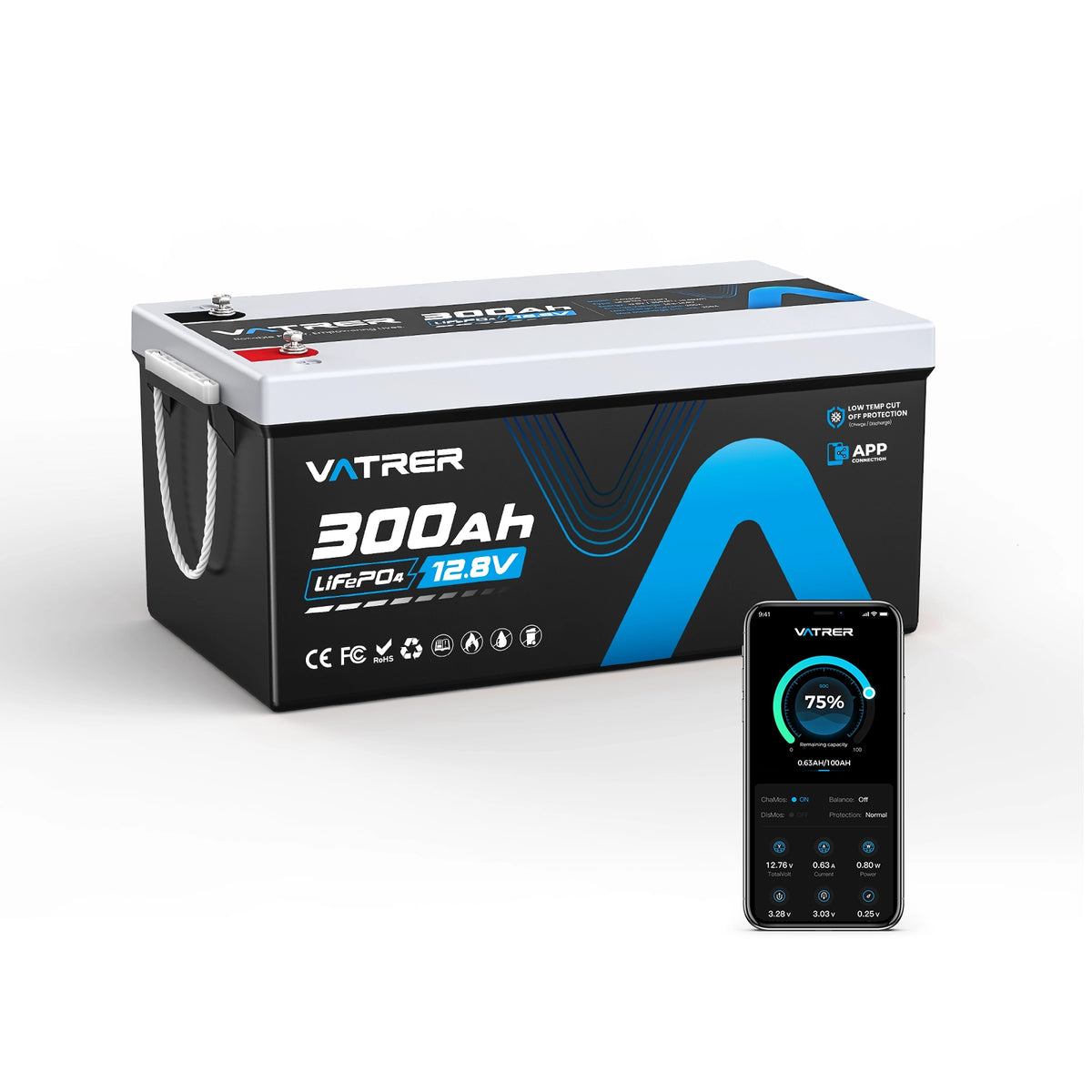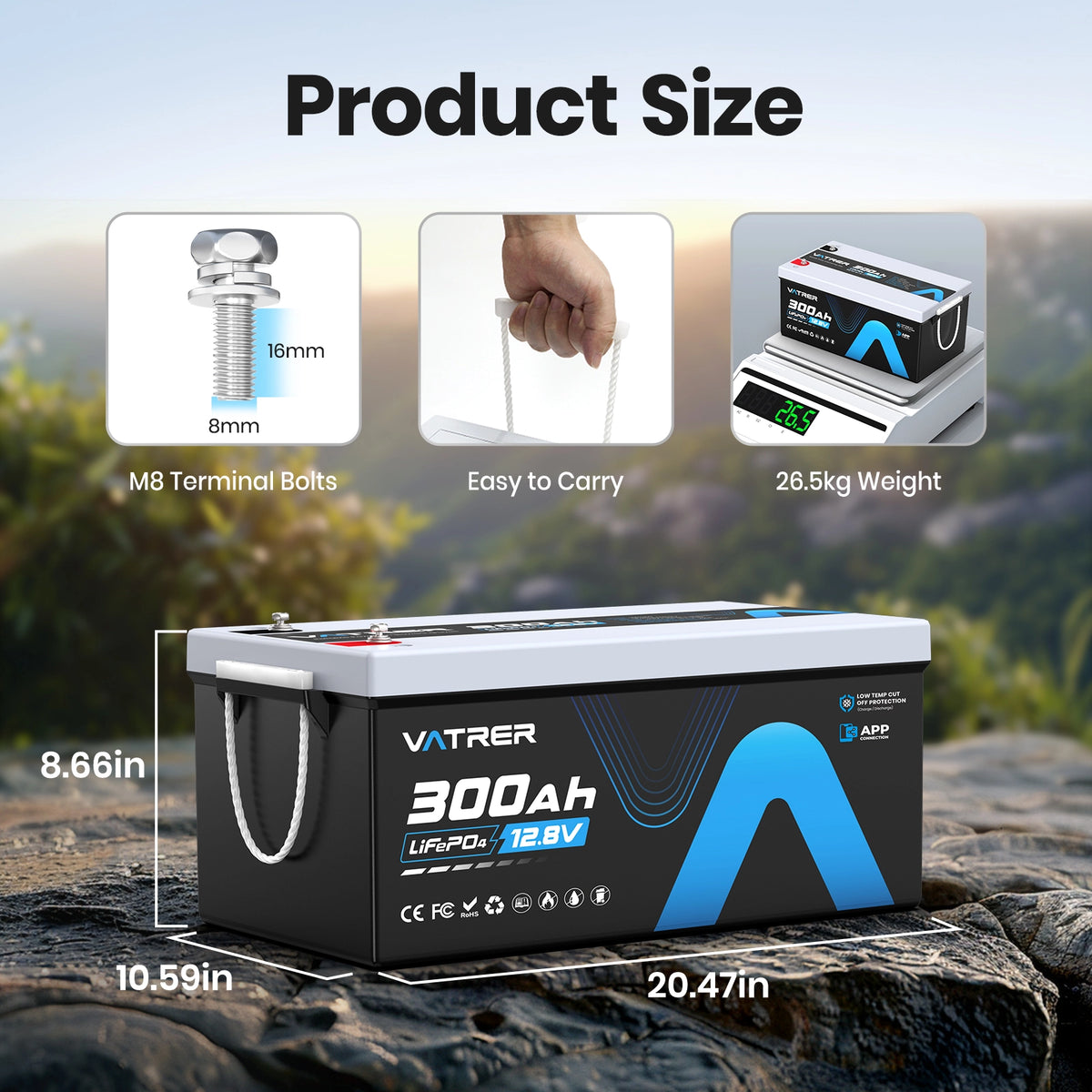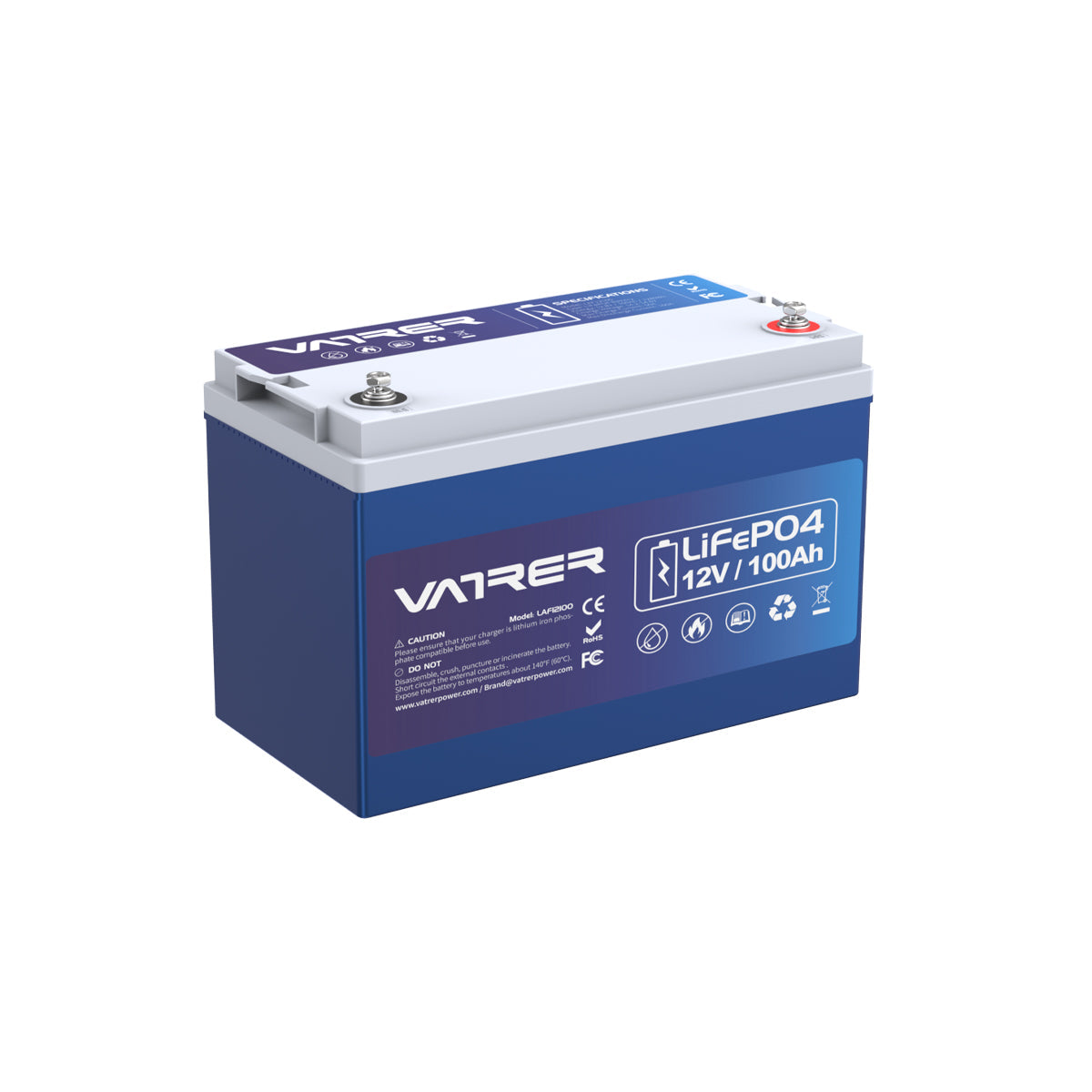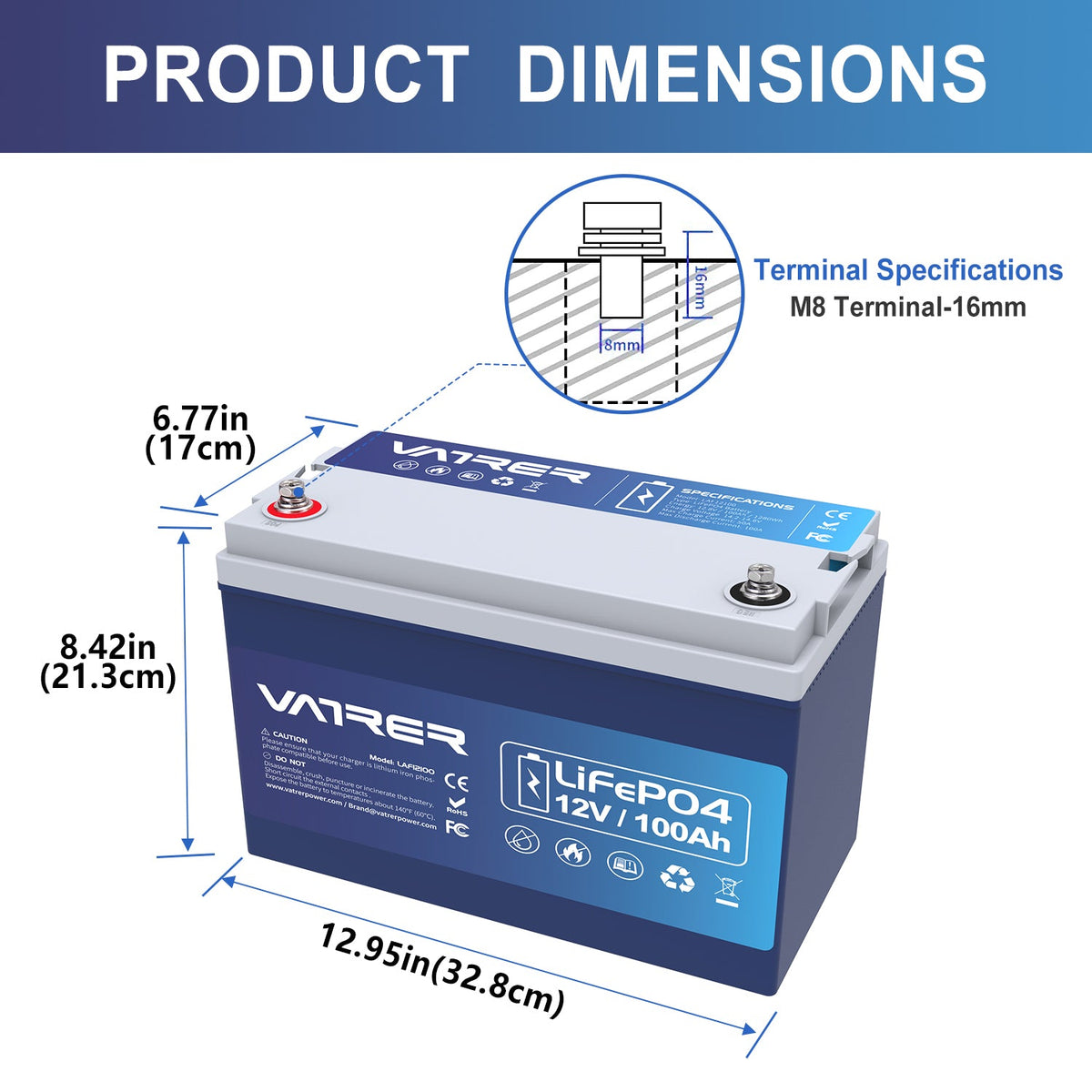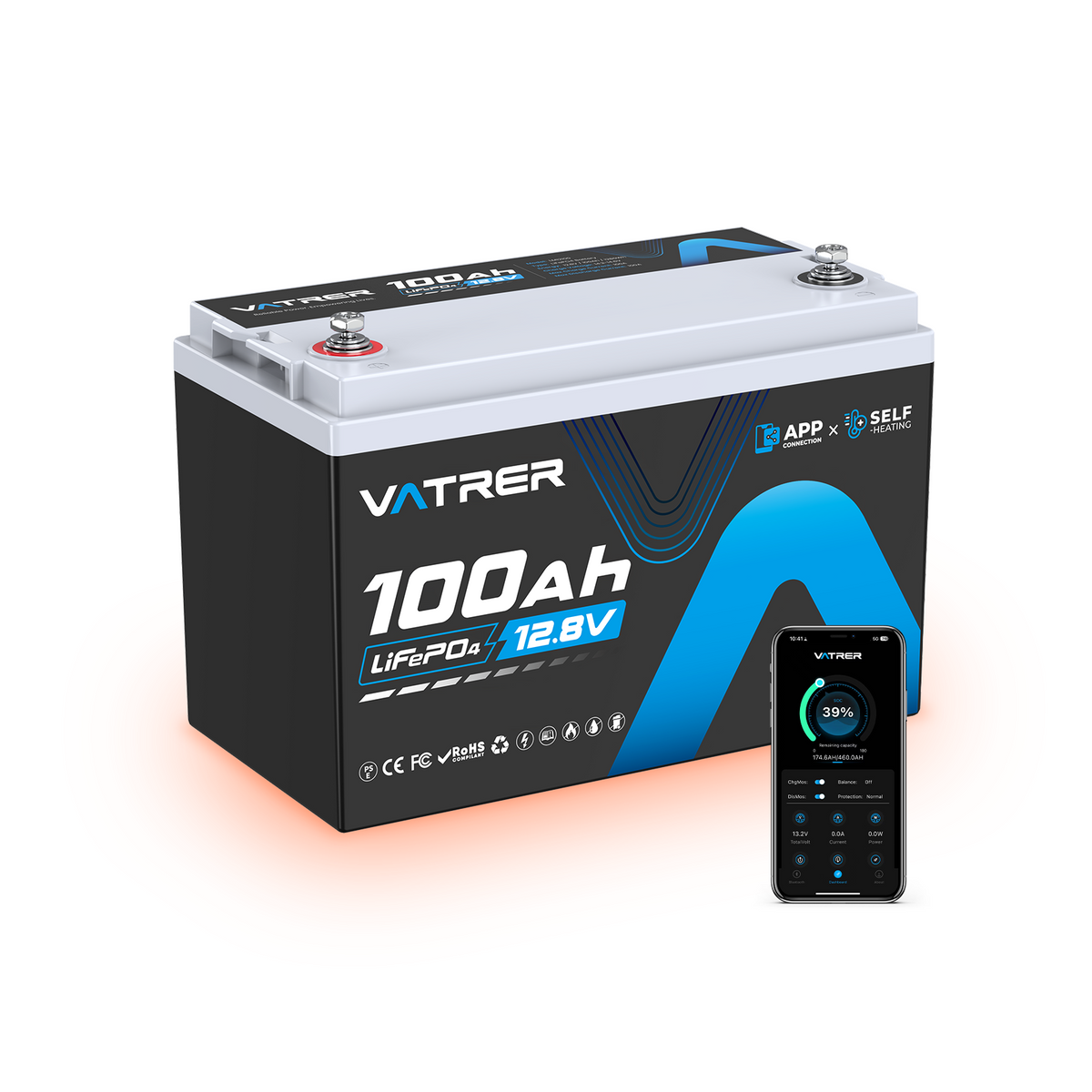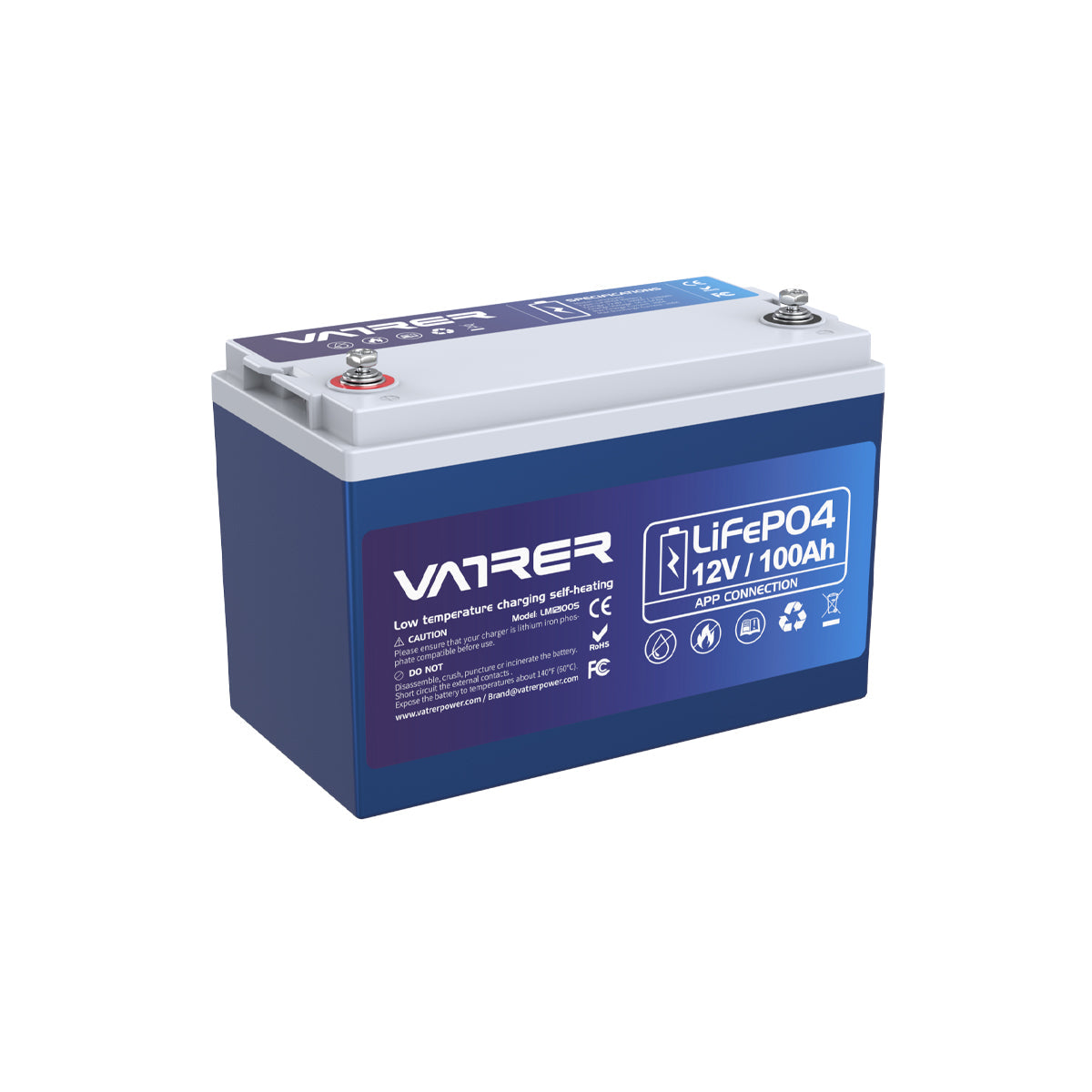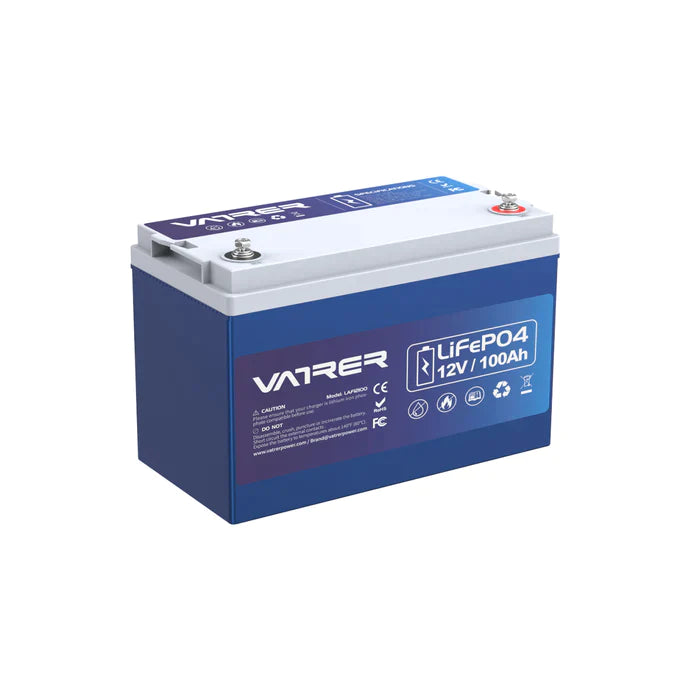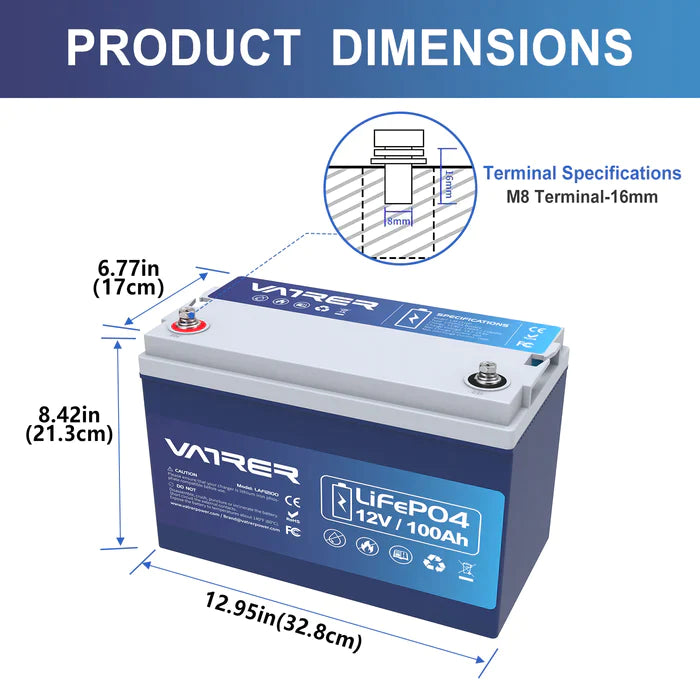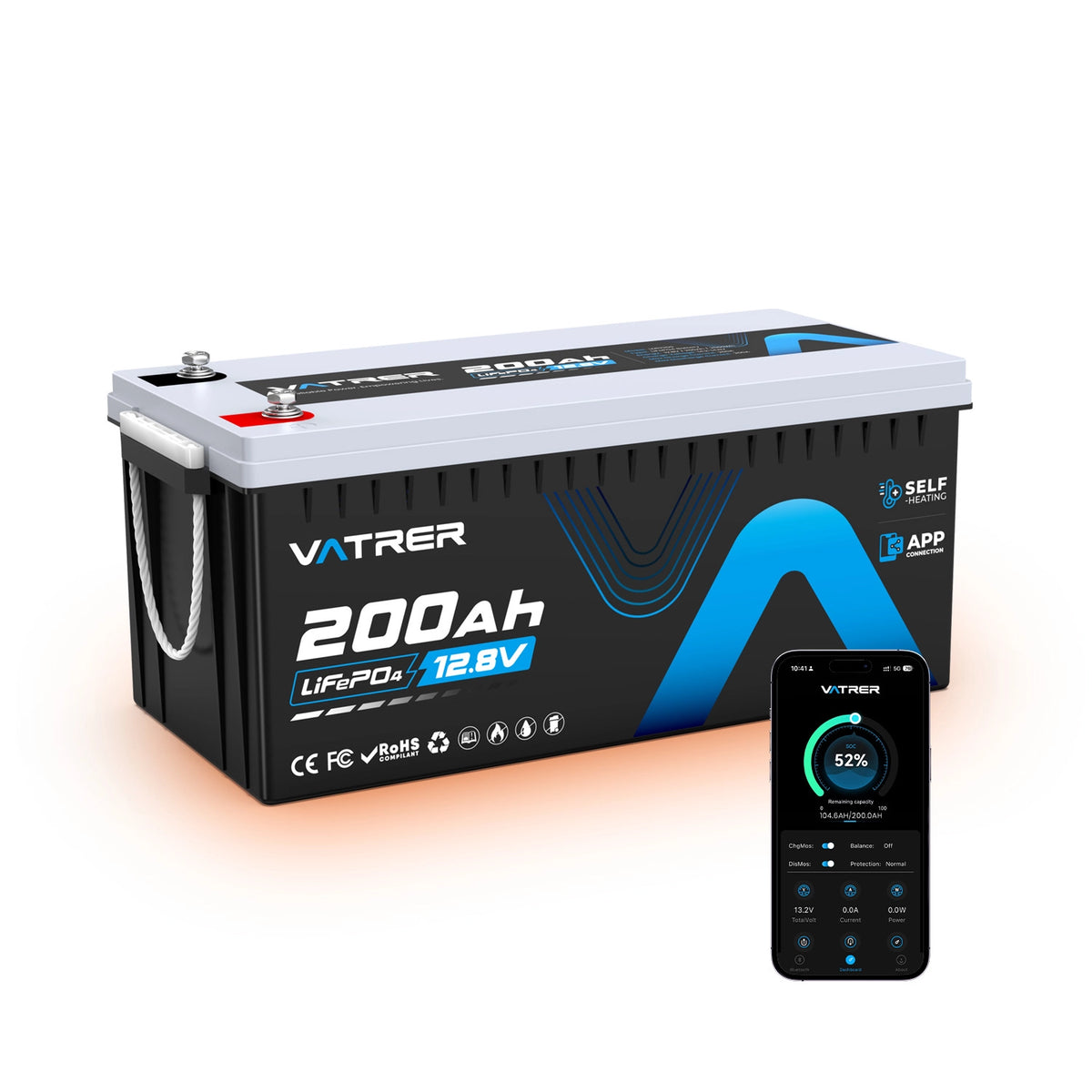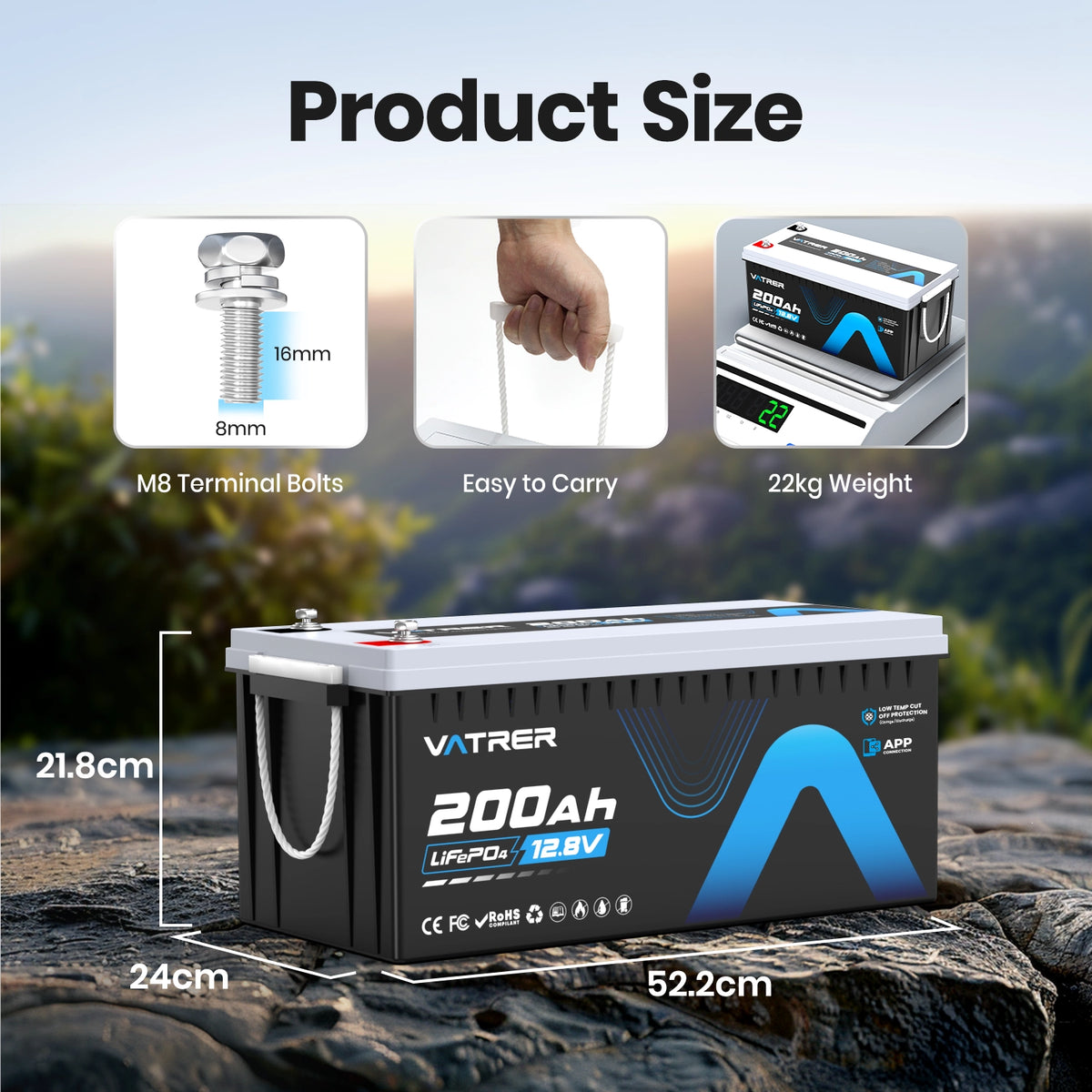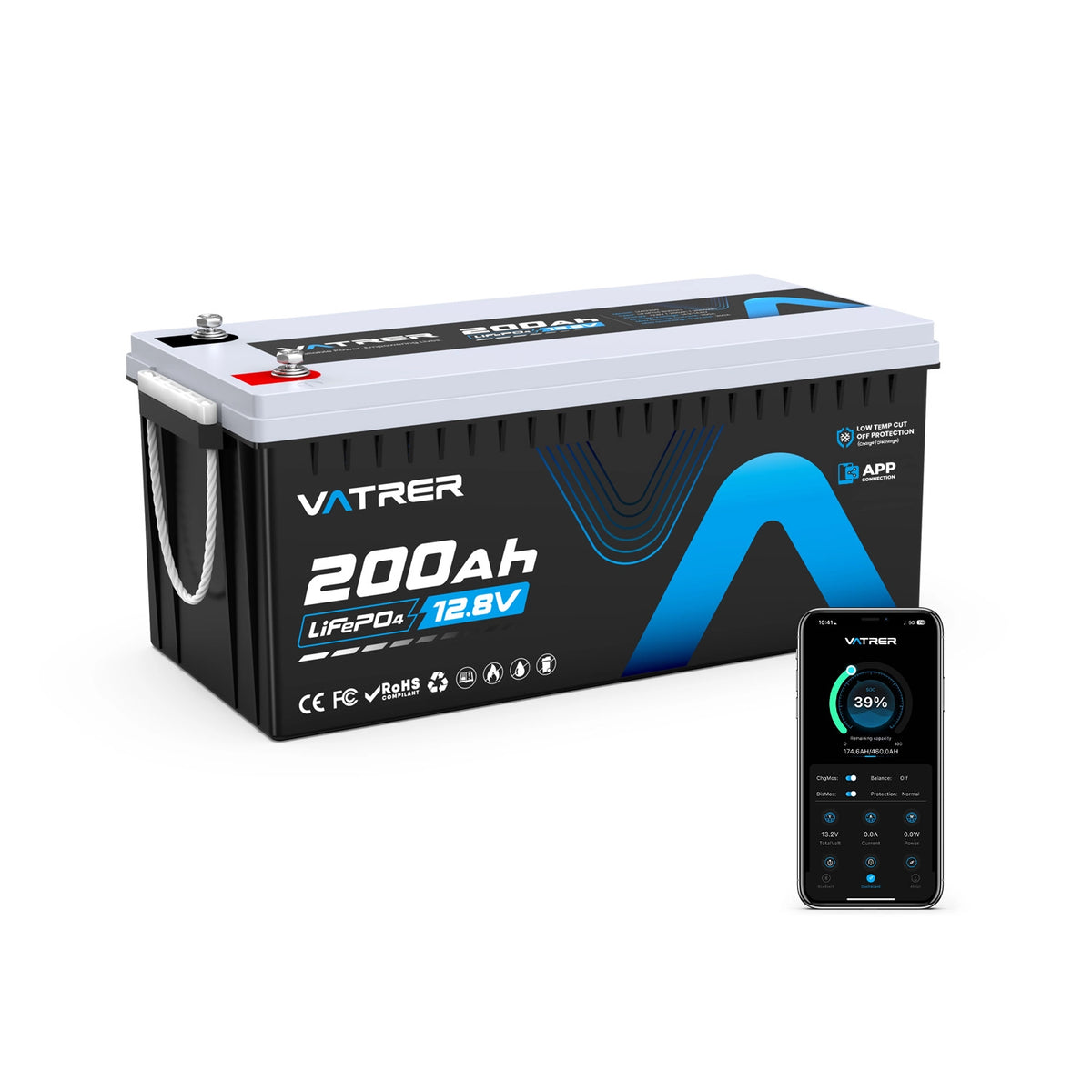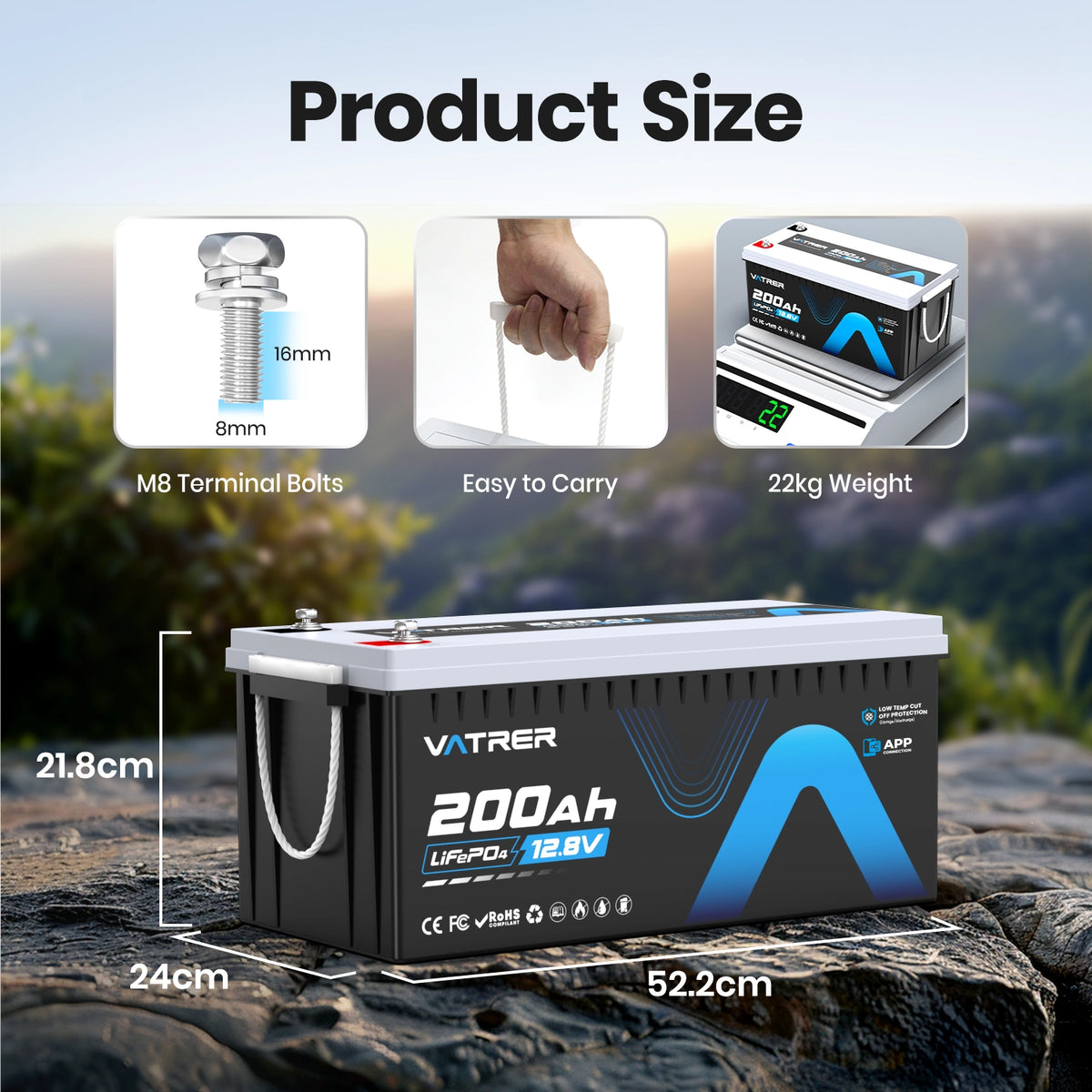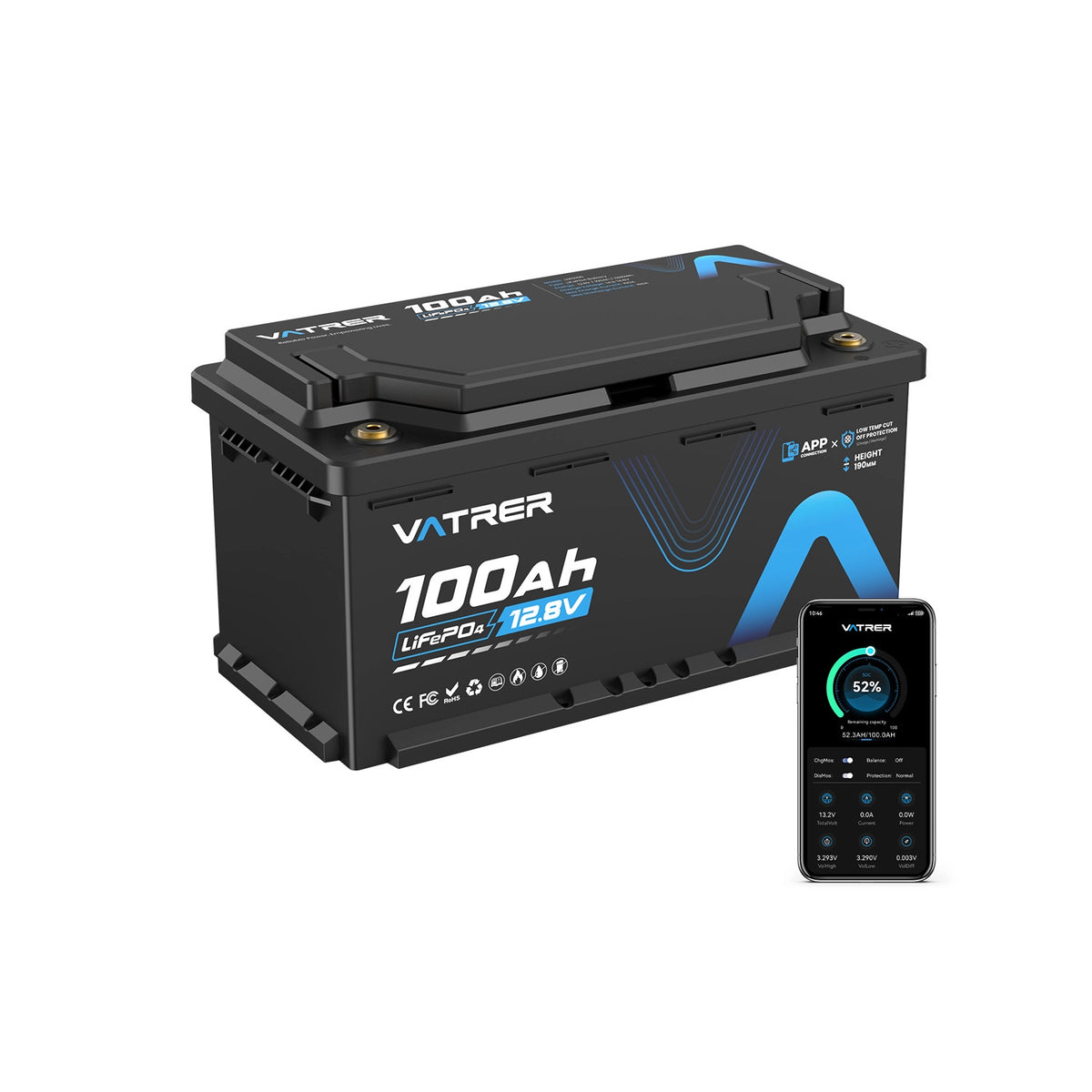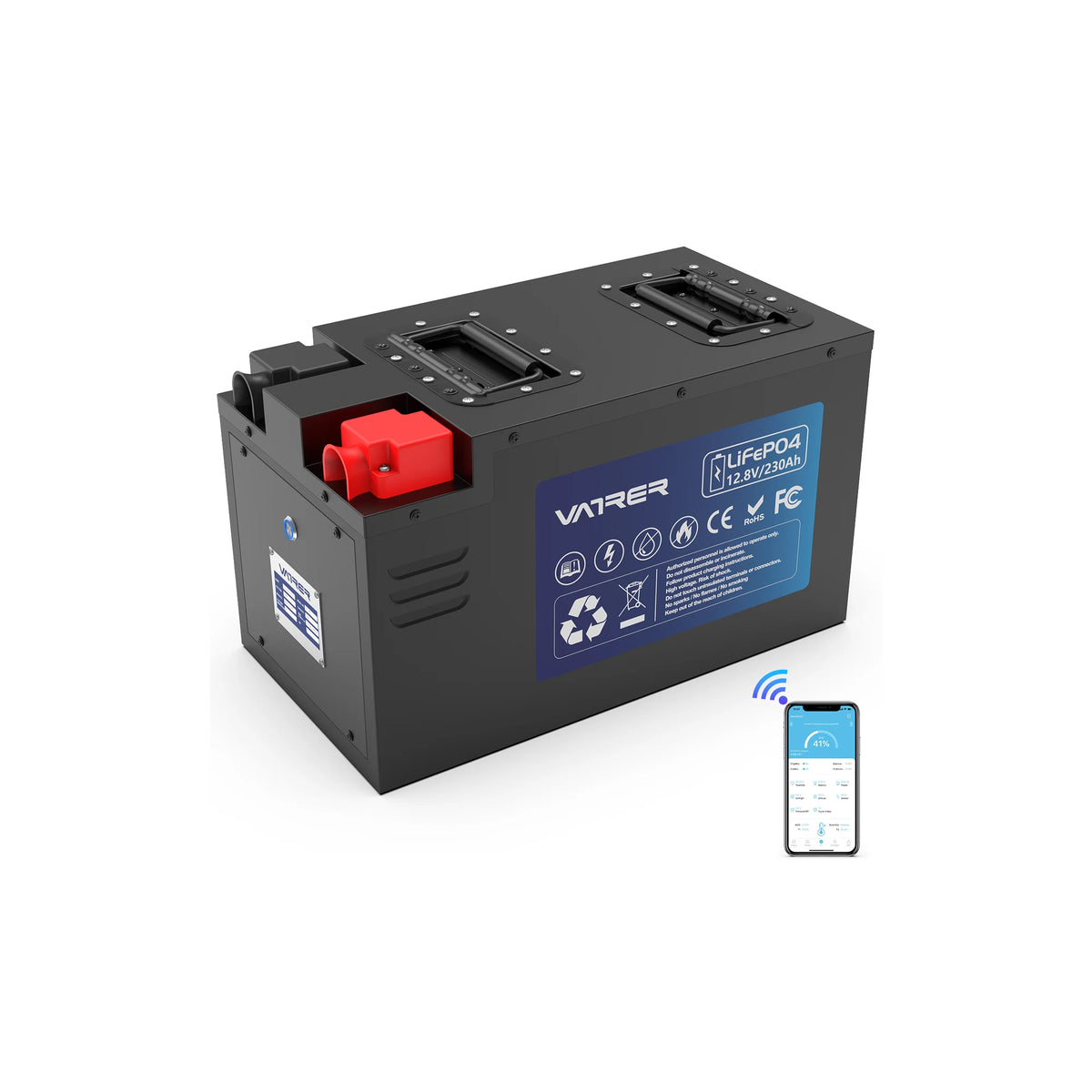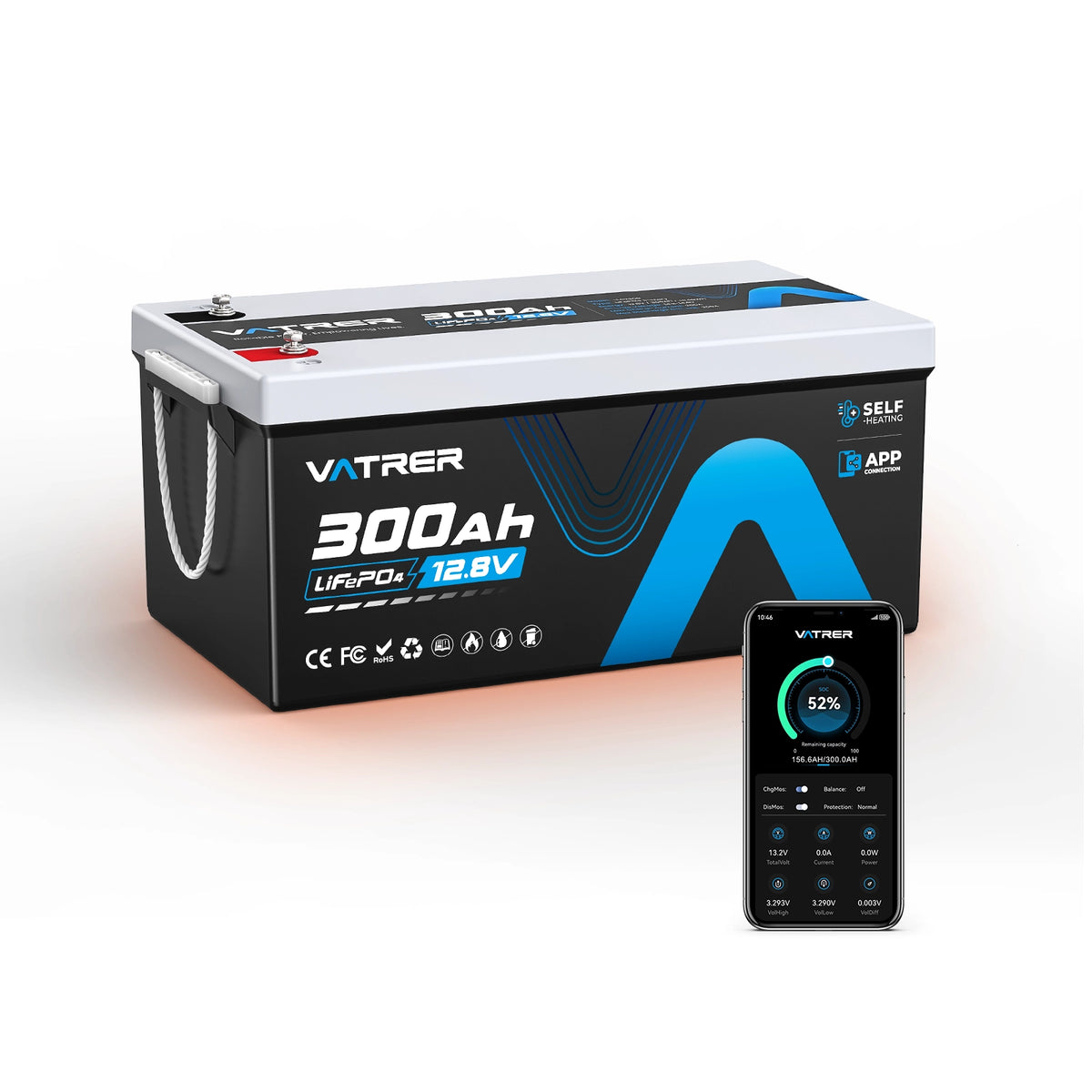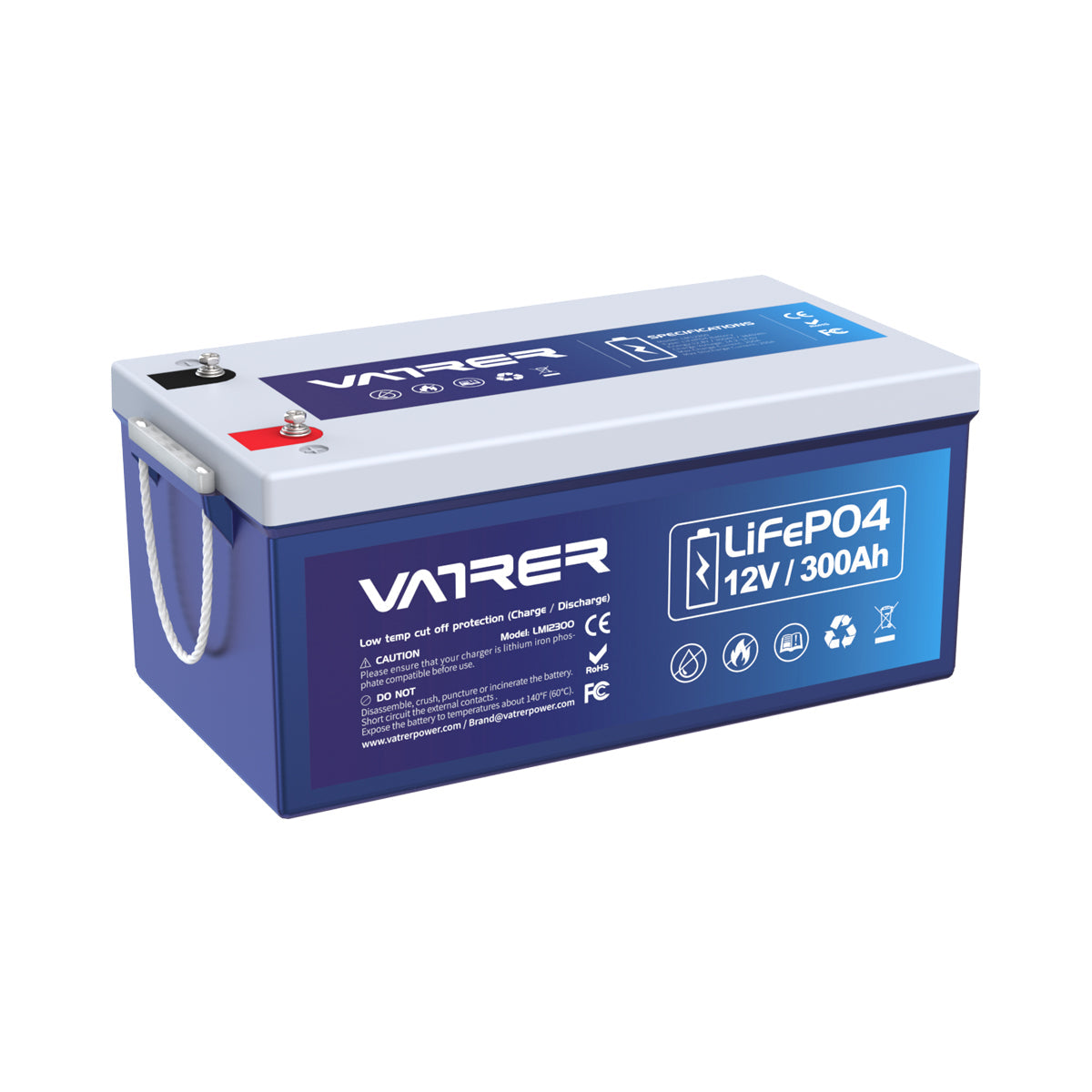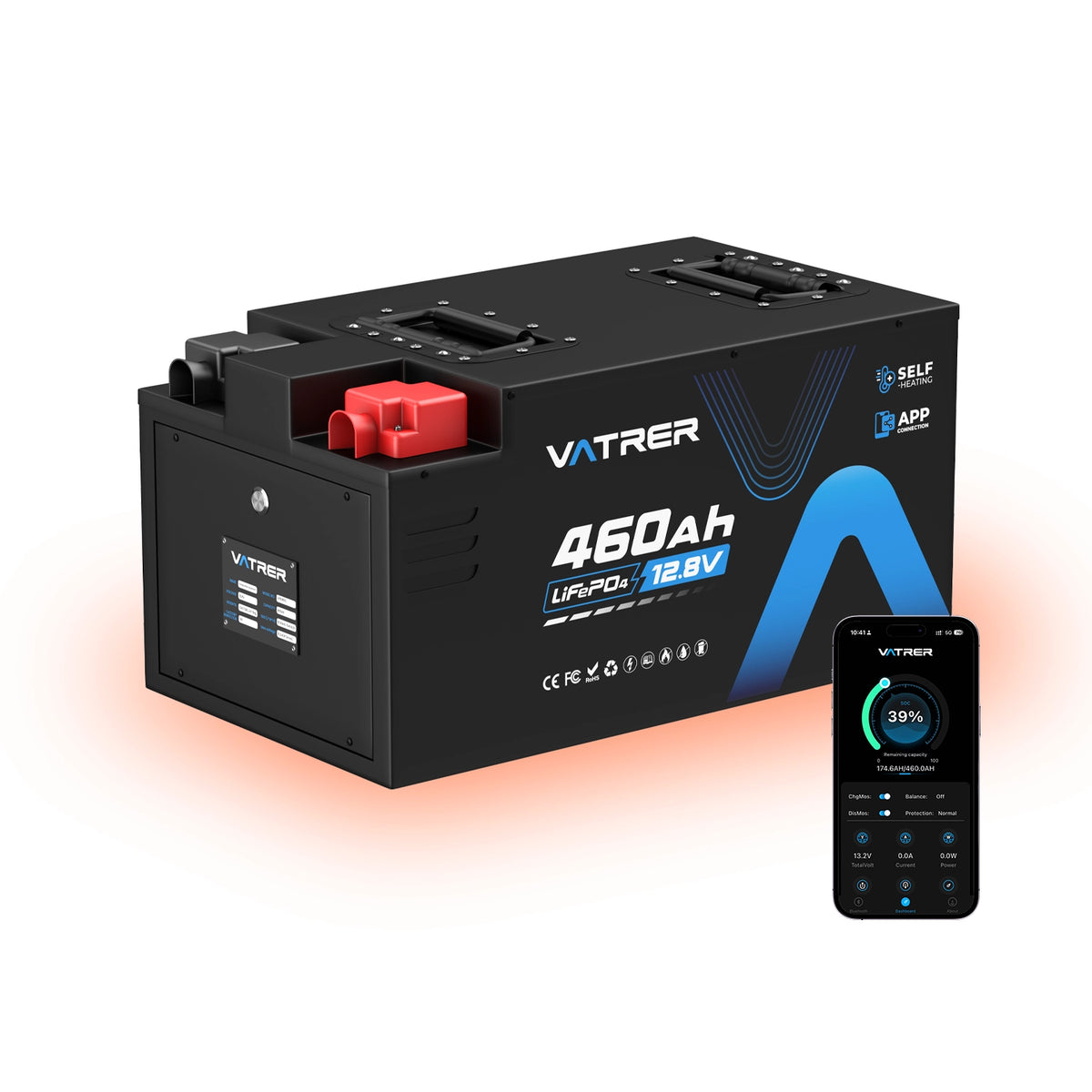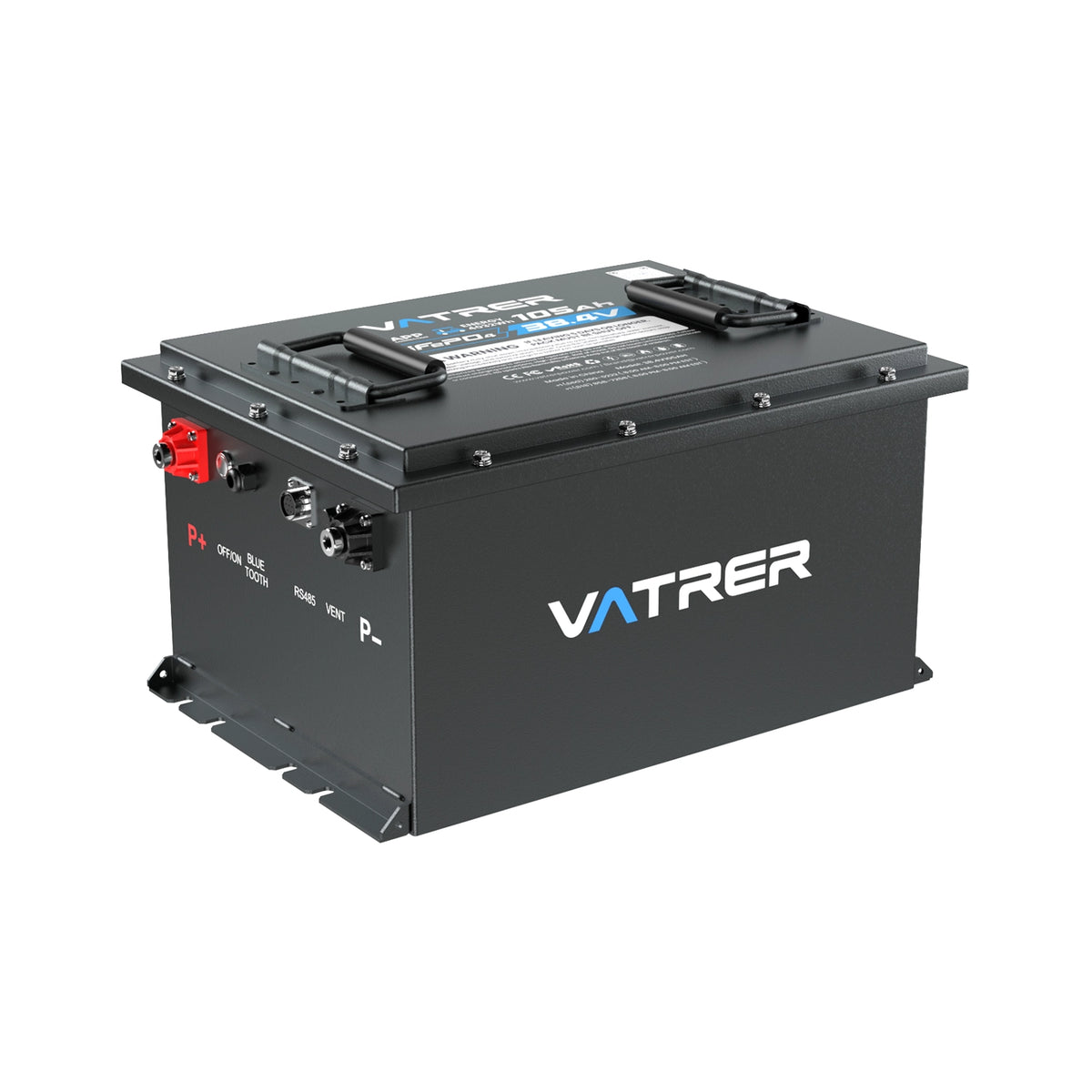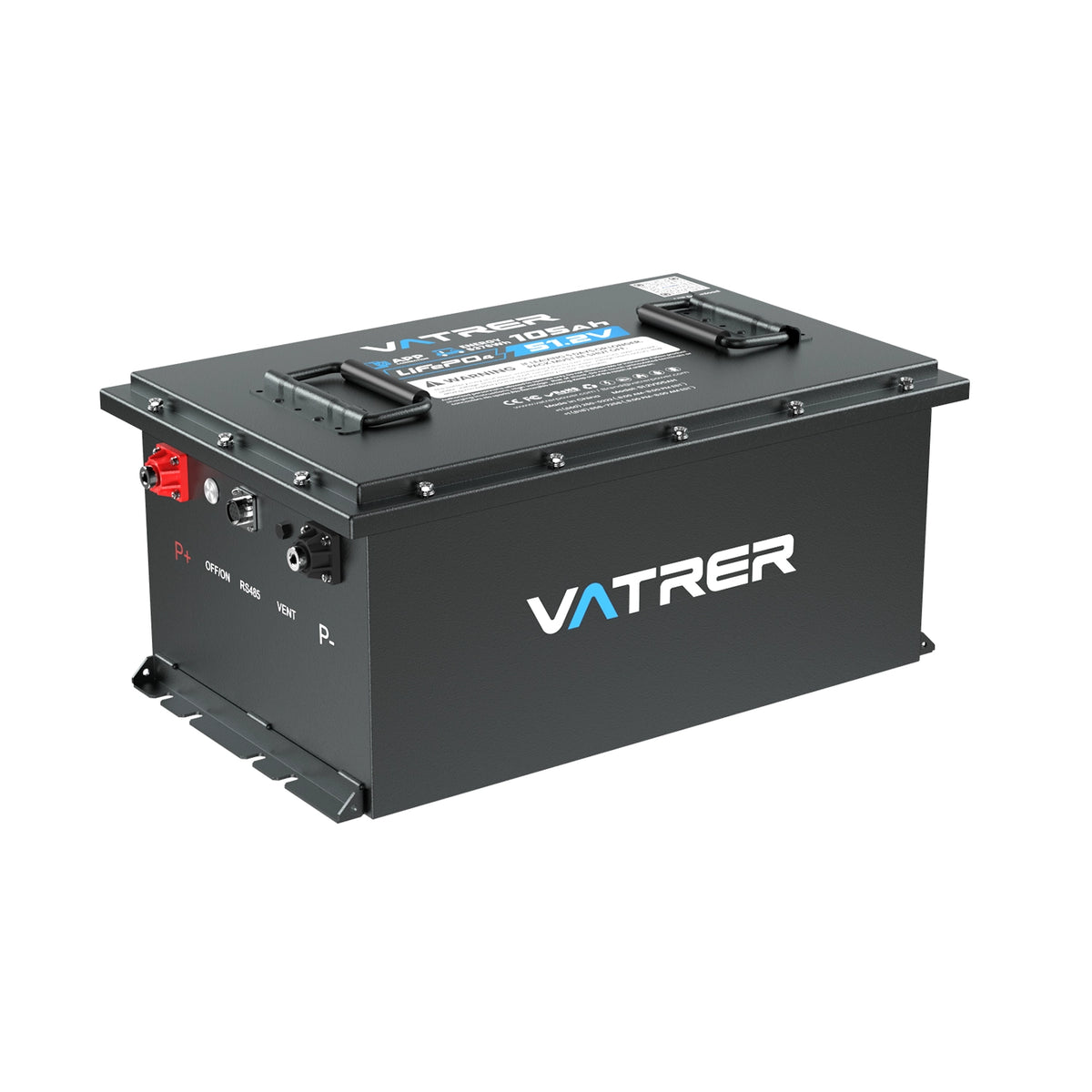Introduction
Are you considering going off-grid with your solar power system? One crucial aspect to consider is the sizing of your solar batteries. Properly sizing your off-grid solar batteries ensures optimal energy storage and reliable power supply. In this comprehensive guide, we will walk you through the steps to accurately size your off-grid solar batteries, enabling you to make informed decisions and maximize the efficiency of your solar power system. Let's dive in!
Step 1: Determine Your Daily Energy Consumption
To determine your daily energy consumption, calculate the total energy usage in kilowatt-hours (kWh) for all the appliances and devices you plan to power with your solar system. For example, if your appliances consume a total of 20 kWh per day, this will be our starting point.
Step 2: Assess Sunlight Availability
Evaluate the average daily sunlight hours in your location. For example, if you have an average of 5 hours of sunlight per day, this will be our value.
Step 3: Determine Desired Autonomy Level
Decide on the autonomy level you desire, which refers to the number of days your off-grid solar batteries should be able to provide power without receiving any solar energy. Let's assume a desired autonomy level of 2 days.
Step 4: Calculate Battery Capacity
To calculate the required battery capacity, multiply your daily energy consumption (in kWh) by the desired autonomy level. In our example:
Required battery capacity = Daily energy consumption (20 kWh) x Autonomy level (2 days) = 40 kWh.
Next, divide the result by the battery system voltage (usually 12V, 24V, or 48V) to obtain the necessary battery capacity in ampere-hours (Ah). Let's assume a battery system voltage of 24V:
Battery capacity = Required battery capacity (40 kWh) / Battery system voltage (24V) = 1,667 Ah.
Step 5: Account for Efficiency and Losses
Take into account the efficiency of your solar charge controller, inverter, and other system components. Let's assume an overall system efficiency of 80%.
Factor in losses due to temperature variations, wiring resistance, and battery self-discharge. Let's assume a 10% loss due to these factors.
Adjusted battery capacity = Battery capacity (1,667 Ah) / (System efficiency (80%) x Losses (90%)) = 2,314 Ah.
Step 6: Select Battery Type and Consider Maintenance
Choose the battery technology that best suits your needs, such as lead-acid, lithium-ion, or other advanced battery chemistries. Consider factors such as cost, cycle life, depth of discharge, maintenance requirements, and environmental impact.
Conclusion
Properly sizing your off-grid solar batteries is crucial for maintaining a reliable and efficient power supply. By accurately assessing your energy consumption, sunlight availability, desired autonomy level, and considering efficiency losses, you can determine the appropriate battery capacity and technology for your off-grid solar system. Remember to consult with solar energy professionals or battery experts to ensure your sizing calculations are accurate and aligned with your specific requirements. Enjoy the benefits of a well-sized off-grid solar power system, providing sustainable and reliable energy for your needs.



